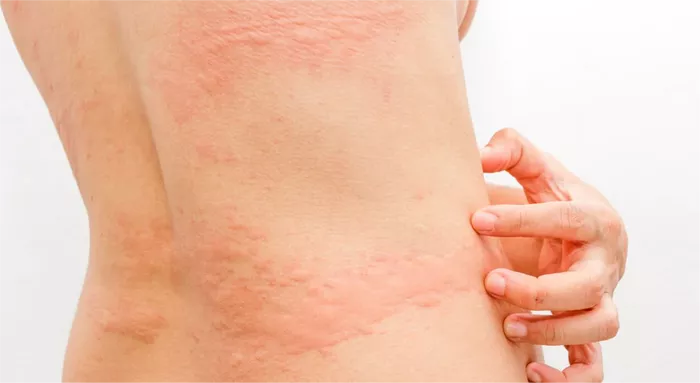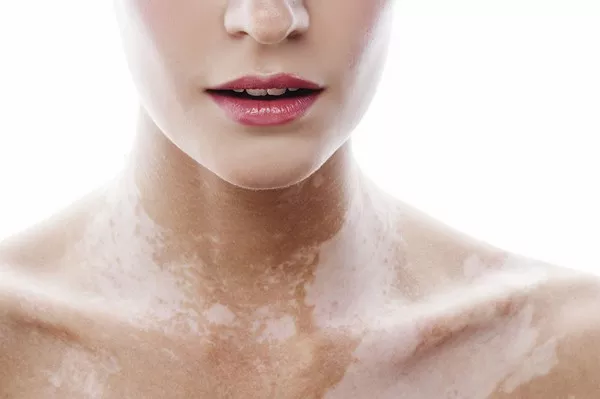Lupus, a complex autoimmune disease, has long confounded medical experts with its diverse array of symptoms and unpredictable nature. Among its many manifestations, hives, also known as urticaria, stand out as a peculiar yet significant indicator of the disease’s presence. While hives themselves may seem innocuous, their association with lupus reveals a deeper connection between immune dysregulation and skin manifestations. Understanding this link is crucial for both early diagnosis and effective management of lupus. In this article, we delve into the intricate relationship between hives and lupus, exploring the underlying mechanisms, diagnostic considerations, and treatment approaches.
Unraveling the Mysteries of Lupus
Lupus, officially termed systemic lupus erythematosus (SLE), is a chronic autoimmune condition characterized by the immune system’s misguided attacks on healthy tissues and organs. This relentless assault can affect various parts of the body, including the skin, joints, kidneys, heart, and brain. The hallmark feature of lupus is its unpredictability, with symptoms waxing and waning over time, often making diagnosis a challenging task.
Hives: A Telltale Sign?
Hives, or urticaria, are characterized by raised, itchy welts on the skin, ranging from small patches to large, widespread areas. They typically result from an allergic reaction or, in some cases, an immune system response triggered by factors such as stress, infections, or certain medications. While hives are a common occurrence and often resolve on their own, their persistence or association with other symptoms may signal an underlying health issue, including lupus.
The Link Between Hives and Lupus: Unveiling the Mechanisms
The precise mechanisms underlying the development of hives in lupus remain the subject of ongoing research. However, several factors contribute to their association:
1. Immune Dysregulation:
Lupus is characterized by systemic immune dysregulation, where the body’s defense mechanisms fail to distinguish between self and non-self, leading to attacks on healthy tissues. In some cases, this dysregulation can manifest as hypersensitivity reactions, triggering the release of inflammatory substances that cause hives.
2. Autoantibodies:
Individuals with lupus often produce autoantibodies, antibodies that mistakenly target the body’s own cells and proteins. These autoantibodies can directly or indirectly contribute to the development of hives by activating immune pathways involved in skin inflammation.
3. Comorbidity with Other Conditions:
Lupus frequently coexists with other autoimmune or inflammatory conditions, such as thyroid disorders or rheumatoid arthritis, which themselves may predispose individuals to hives. The interplay between these conditions further complicates the clinical picture.
Diagnostic Challenges and Considerations
Diagnosing lupus, particularly in its early stages, can be a complex process due to its heterogeneous presentation and overlap with other conditions. When hives are present, clinicians must carefully evaluate other accompanying symptoms and perform appropriate diagnostic tests to rule out alternative causes. Key considerations include:
1. Clinical Presentation:
Beyond hives, patients with lupus may experience a myriad of symptoms, including joint pain, fatigue, fever, and organ involvement. A thorough medical history and physical examination are essential for identifying systemic manifestations that may point towards lupus.
2. Laboratory Testing:
Laboratory tests play a crucial role in confirming a diagnosis of lupus. These may include blood tests to detect autoantibodies (such as antinuclear antibodies or anti-double-stranded DNA antibodies), markers of inflammation, and assessments of organ function.
3. Skin Biopsy:
In cases where the diagnosis is uncertain or to evaluate specific skin lesions, a skin biopsy may be warranted. This procedure involves removing a small sample of skin tissue for microscopic examination, aiding in the identification of lupus-specific changes.
Treatment Strategies for Hives in Lupus
Managing hives in the context of lupus requires a multifaceted approach aimed at both alleviating symptoms and addressing the underlying autoimmune process. Treatment strategies may include:
1. Medications:
Antihistamines are commonly prescribed to relieve itching and reduce the frequency and severity of hives. In more severe cases, corticosteroids or other immunosuppressive agents may be used to suppress immune activity and control inflammation.
2. Lifestyle Modifications:
Identifying and avoiding triggers that exacerbate hives, such as certain foods, medications, or environmental factors, can help minimize symptom flare-ups. Stress management techniques, regular exercise, and a balanced diet may also contribute to overall well-being.
3. Disease-Modifying Therapies:
For individuals with lupus experiencing recurrent hives or systemic involvement, disease-modifying antirheumatic drugs (DMARDs) or biologic agents may be considered to modulate immune function and prevent disease progression.
4. Close Monitoring and Follow-Up:
Regular monitoring by healthcare providers is essential to assess treatment response, manage medication side effects, and detect any signs of disease activity or complications early on.
Conclusion
Hives, though often dismissed as a transient skin reaction, can serve as a valuable clue in the diagnostic puzzle of lupus. Recognizing their association underscores the importance of a comprehensive evaluation that considers both dermatologic and systemic manifestations. By elucidating the underlying mechanisms and implementing tailored treatment strategies, healthcare providers can effectively manage hives in the context of lupus, improving patients’ quality of life and long-term outcomes. As research continues to unravel the complexities of autoimmune diseases, greater insights into the interplay between hives and lupus offer hope for more targeted therapeutic interventions and improved patient care.

























